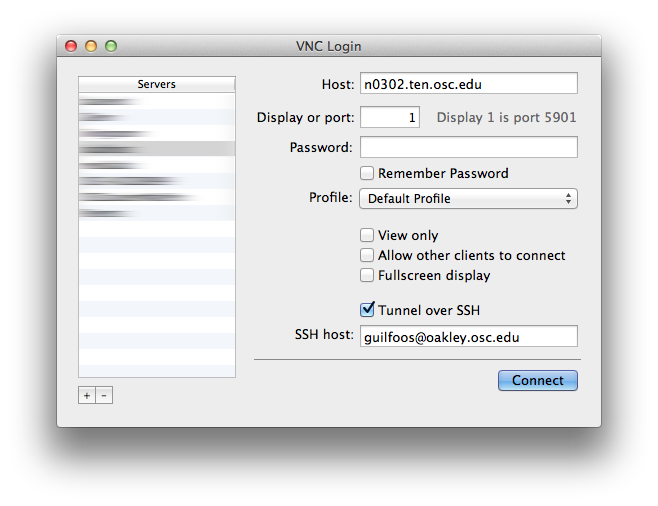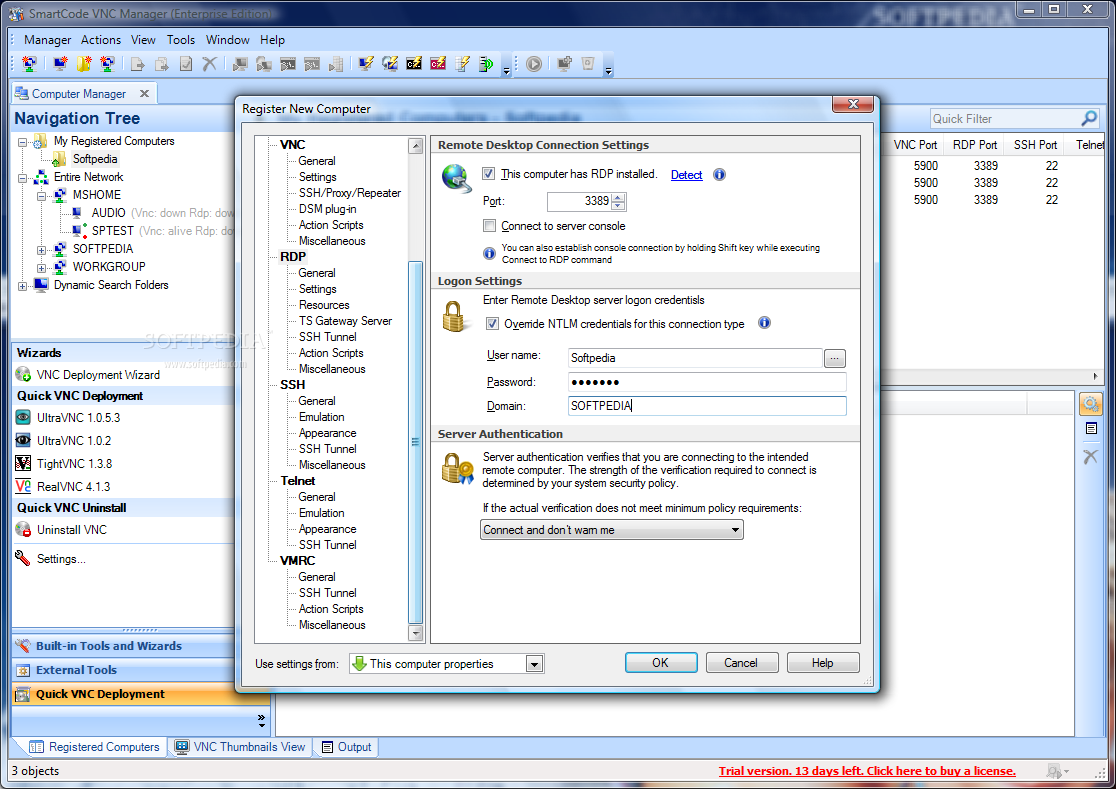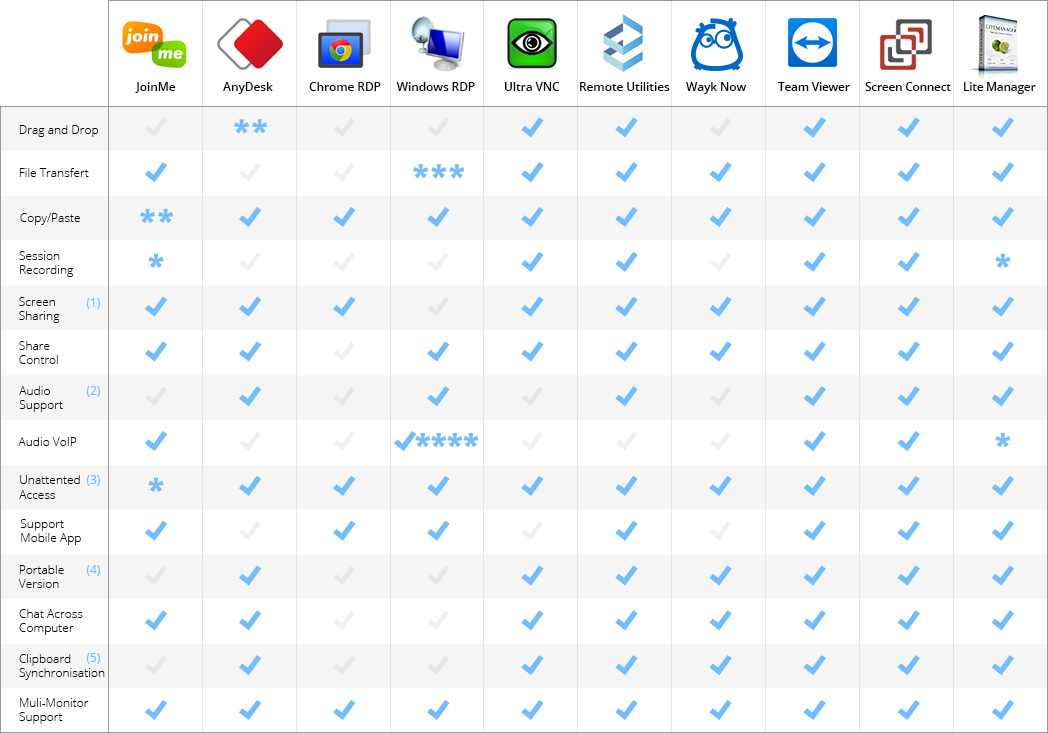

VNC Server can also be licensed at install-time using a Group Policy transform.įIXED: Key combinations such as Alt+Tab are now supported for connections to Windows 8 computers.
#VNC SERVER OPTIONS DOWNLOAD#
NEW: Separate MSI installers for VNC Server and VNC Viewer are available for download for deployment to target computers in a Group Policy Object. See also the ServerClipboardGraceTime VNC Viewer parameter. (Enterprise only)įIXED: Copying and pasting text from connected computers is now more reliable. Single sign-on authentication is now easier to set up and benefits from new documentation.

The VNC Server Information Center dialog now distinguishes between successful and unsuccessful connections on the Diagnostics page, which may give warning of a port sniffing or brute-force dictionary attack.Īll instances of VNC Server running on a computer can be reconfigured without downtime using the vnclicense -reload command. VNC Server logs are now directed to file at more appropriate locations, as determined by the new LogDir parameter. Deny cannot be overridden by individual members of a group. The Permissions parameter now supports explicitly denying permission to use a feature, as well as allowing and not allowing that feature. The Permissions parameter now grants access to features in the following sets: f (full), d (default), v (view-only). Existing users, groups, and permissions are automatically upgraded. The new Permissions VNC Server parameter replaces NtLogon_Config (Windows) and AllowedUsers/AllowedGroups (other platforms). For both VNC Server and VNC Viewer, it also simplifies the process of creating debug log files to send to RealVNC Technical Support. The VNC Server Options dialog has been made easier to use, and highlights features locked down by policy. NEW: Message boxes displayed when connections are unexpectedly terminated can now be suppressed using the HideCloseAlert VNC Viewer parameter, making scripting easier.

Policy template files are available to download for distribution to target computers using a suitable mechanism, for example Group Policy under Windows.

NEW: VNC applications can be configured remotely, and locked down to prevent change, using policy. NEW: VNC Server publishes a more-memorable catchphrase than the unique signature on which it is based, detering man-in-the-middle attacks by making identity checks more intuitive for connecting users.
#VNC SERVER OPTIONS SOFTWARE#
NEW: VNC Server can check whether critical software patches, and product updates to which you are entitled, are available to download from the RealVNC web site. So now I have a fully OpenGL hardware accelerated and resizable VNC session.Версия программы: Enterprise Edition 5.1.0 (r115125) (It is possible to add new resolutions if the available modes aren't enough, but that's outside the scope here.) Xrandr -output DVI-I-0 -mode "1024x768" (change mode on DVI output) like this: xrandr -q (to see available modes and outputs) It is even possible to change resolution on the display/vnc using xrandr. I tried VirtualGL first, and it works fine, but not for the whole desktop, only for individual OpenGL applications. I think almost any vnc viewer works, but I'd recommend turbovnc or tigervnc. This is how I start x11vnc: x11vnc -rfbauth ~/.vnc/passwd -display :0 -forever -bg -repeat -nowf -o ~/.vnc/x11vnc.log Since the local X11 server renders everything with hardware acceleration, I get hardware accelerated OpenGL over VNC, even with all the cool desktop effects. x11vnc talks to the local X11 server and copies the framebuffer from the server to the client via vnc. I'm using x11vnc to gain remote access to whatever the monitor is displaying.


 0 kommentar(er)
0 kommentar(er)
